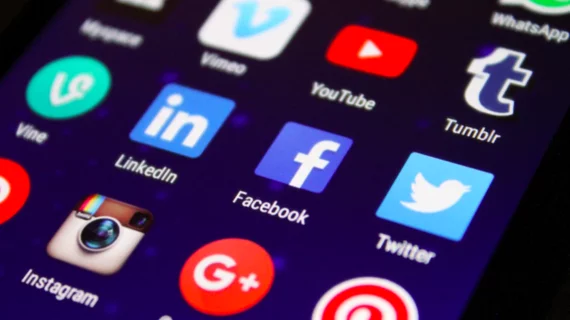Radiologists can improve efficiency, battle burnout by minimizing distractions
Burnout is a well-documented issue in radiology, but what can radiologists do to avoid such feelings? According to a new study published in Current Problems in Diagnostic Radiology, improving efficiency is one way to battle burnout.
“Increasing efficiency can result in greater time and autonomy allowing radiologists to focus their attention on the aspects of their job that they enjoy and find most meaningful,” wrote Creighton Lewis, MD, department of radiology at the University of Colorado in Aurora, and colleagues.
Lewis et al. noted that one of the most effective methods for improving one’s efficiency is minimizing outside distractions. This is especially important in radiology, they added, because being distracted in the reading room can lead to mistakes. This is how the authors suggested radiologists work to minimize distractions from phone calls, emails and online:
Phone call distractions
The authors explained that hiring a physician extender, or “reading room assistant,” to answer straightforward questions is one effective way to keep radiologists from stopping their work to speak on the phone. Educating referring physicians is also helpful—the more information they know on their own, the fewer questions they’ll have for a radiologist.
Email distractions
“Email is a source of frequent distraction and wasted time,” Lewis and colleagues wrote. “Implementing a system to deal with emails immediately and converting them into actionable items can increase efficiency and decrease stress—if one has dozens, hundreds, or possibly thousands of emails percolating in one's Inbox then it is a low-level constant stressor to parse this list several times per day and determine anew which messages require immediate action.”
The authors suggested a system first proposed by author David Allen, which is known for including “the five Ds”: Delete emails you don’t need, do things that can be done in less than two minutes, delegate work as needed, deposit applicable emails into your archives and defer tasks that are going to take too long.
Internet distractions
“Text messages, social media notifications, personal phone calls, and incoming emails all can lead to near-constant interruptions,” the authors wrote. “Set aside designated time in between several cases to mentally relax and participate in these activities.”
At the least, they added, smartphones can be left in a bag or coat pocket or kept facedown.

